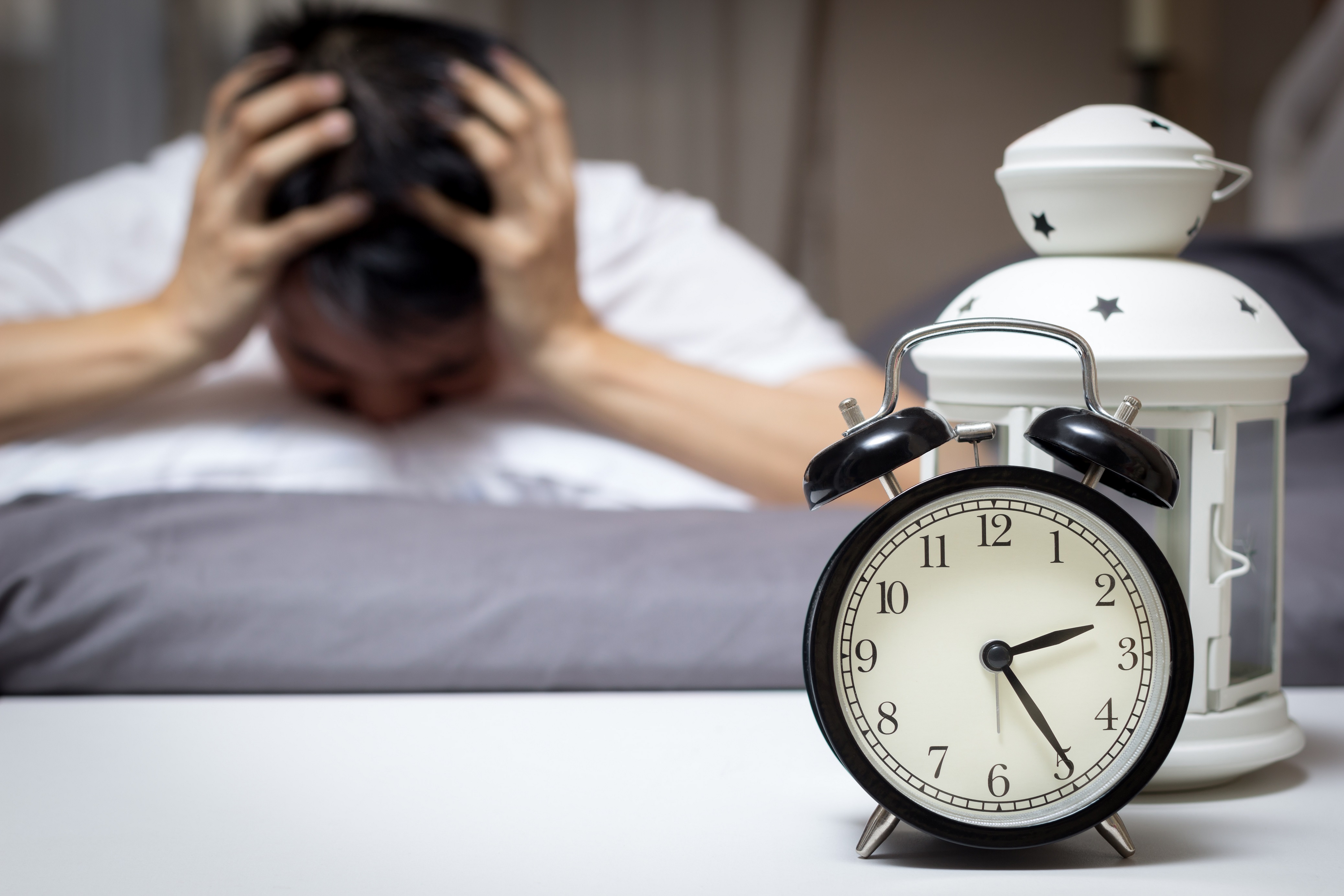Topics tagged with "Sleep disturbance"

Intrusions
What are intrusion symptoms in PTSD? Intrusions are core symptoms of PTSD, with at least one intrusion symptom being required for a diagnosis. Intrusion symptoms include unwanted and upsetting memories, nightmares, flashbacks, and emotional distress and/or physical reactivity after exposure to reminders. What is the evidence for intrusions in people with PTSD? Moderate to low quality evidence finds five clusters of intrusion symptoms; distressing memories, distressing dreams, flashbacks, emotional cue distress, and physiological cue reactivity. Items relating to distressing memories Disturbing memories kept coming into my mind. I found myself remembering bad things that happened to me. Upsetting thoughts kept…

Hyperarousal
What are hyperarousal symptoms in PTSD? Hyperarousal is a core symptom of PTSD, with at least two hyperarousal symptoms being required for a diagnosis. Hyperarousal symptoms include irritability or aggression, risky or destructive behaviour, hypervigilance, heightened startle reaction, difficulty concentrating, and difficulty sleeping. What is the evidence regarding hyperarousal in people with PTSD? Moderate to high quality evidence finds small effects of less sleep efficiency, less total sleep time, less slow wave sleep, and more wake time after sleep onset in people with PTSD. Moderate to low quality evidence finds a medium-sized effect that people with PTSD and sleep disturbances…

Diagnosis
How is a PTSD diagnosis made? A PTSD diagnosis requires exposure to at least one trauma. Traumas include being exposed to threatened death, actual or threatened serious injury, or actual or threatened sexual violence. Examples are direct exposure, witnessing a trauma, or learning that a relative or close friend was exposed. At least one “intrusion” symptom is required for a PTSD diagnosis. These symptoms include unwanted and upsetting memories, nightmares, flashbacks, and emotional distress or physical reactions following reminders. At least one “avoidance” symptom is also required for a PTSD diagnosis. These symptoms include avoidance of trauma-related thoughts or feelings,…

Medications for sleep disturbance
What is sleep disturbance in people with schizophrenia? Typically, sleep follows a characteristic pattern of four stages, where stage 1 is a state of drowsiness and early sleep, stage 2 comprises the largest component of the sleep cycle and is the first complete loss of awareness of the external environment, stage 3 is a deep slow-wave sleep, and the fourth stage is rapid eye movement (REM) sleep where muscle paralysis and memorable dreaming occurs. Sleep disturbances include changes in sleep time, sleep latency (the length of time it takes from full wakefulness to sleep) and sleep efficiency (the amount of…

Sleep disturbance
What is sleep disturbance in bipolar disorder? People with bipolar disorder may show disturbances in the amount or quality of sleep they receive. Typically sleep follows a characteristic pattern of four stages, where stage 1 is a state of drowsiness and early sleep; stage 2 comprises the largest component of the sleep cycle and is the first complete loss of awareness of the external environment; stage 3 is a deep, slow-wave sleep; and the fourth stage is rapid eye movement (REM) sleep where memorable dreaming and muscle paralysis occurs. Sleep disturbance can be measured in many ways, including the total…

Sleep disturbance
What is sleep disturbance in schizophrenia? Typically, sleep follows a characteristic pattern of four stages, where stage 1 is a state of drowsiness and early sleep, stage 2 comprises the largest component of the sleep cycle and is the first complete loss of awareness of the external environment, stage 3 is a deep slow-wave sleep, and the fourth stage is rapid eye movement (REM) sleep where muscle paralysis and memorable dreaming occurs. Sleep disturbances include changes in sleep time, sleep latency (the length of time it takes from full wakefulness to sleep) and sleep efficiency (the amount of time spent…
Green - Topic summary is available.
Orange - Topic summary is being compiled.
Red - Topic summary has no current systematic review available.